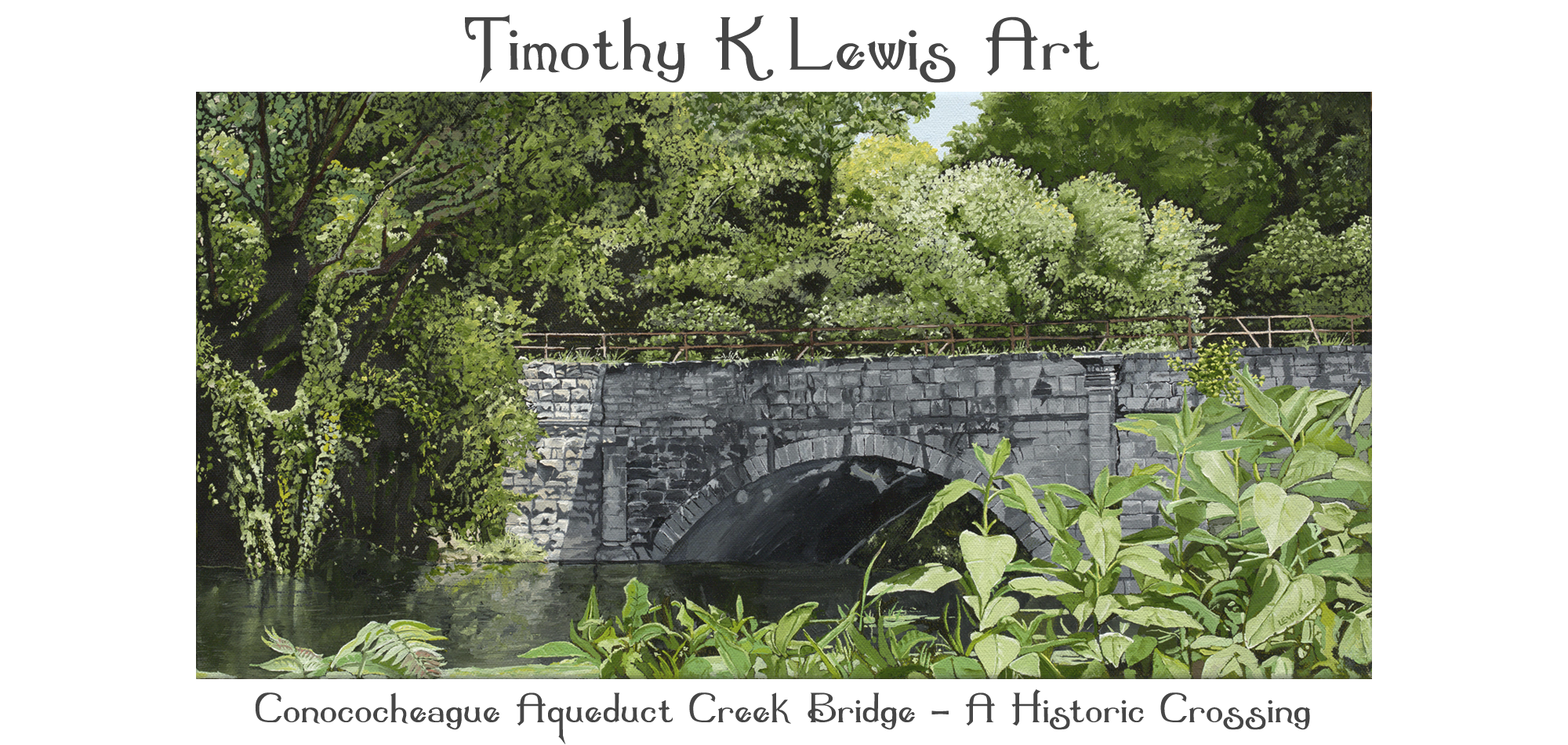
Trail thru Apache Pass by Timothy K Lewis, 16″ x 20″ Oil on Canvas (2012)
About This Painting – Trail Thru Apache Pass
This trail is located in Southeastern Arizona, situated near the Dos Cabezas and Chiricahua Mountains. The trail passes through and alongside the historic territory of the Apache Wars, which began in 1861. If followed a couple of miles, one will intersect with Fort Bowie.
Sizes and Prices:
16″ x 20″ Limited Edition of 100, Archival Reproduction, Oil on Canvas
Unframed: $750.00
Framed: $1,250.00
A Brief History of Apache Pass
The Plea of Cochise:
“I am alone in the world. I want to live in these mountains; I do not want to go to Tularosa. That is a long way off. I have drunk of the waters of the Dragoon Mountains and they have cooled me: I do not want to leave here.
Nobody wants peace more than I do. Why shut me up on a reservation? We will make peace; we will keep it faithfully. But let us go around free as Americans do. Let us go wherever we please.”
Chief Cochise, of the Chokonen band of Chiricahua Apache, and his ancestors had spent many years at war with the Spanish and Mexicans, as both tried to take their land by force and killed many Apache. Cochise’s father had died in battle with the Mexican Army and this deepened the resolve of Cochise not to permit Mexico to succeed.
At first, when the US made its way through Apache territory there was peace between the US and the Chiricahua Apache for the most part. Cochise, whose name means “Hardwood or Strong as an Oak” and his people were believed to have provided firewood for the passengers at the local stop of the Butterfield Overland Mail.
Nearby this trail is where the attempted imprisonment of Cochise occurred by Lt. George N. Bascom of the US Army. Bascom suspected Cochise’s involvement in the kidnapping of a young boy, Felix Telles, aka Felix Ward (later known as Mickey Free).
In truth, Cochise had no involvement in the kidnapping and was willing to help the US Army recover him, but Bascom refused to believe the truth and kept Cochise captive in a tent. Cochise slashed the tent with his knife and fled quickly, leaving his other family members behind, who were then detained. Both the US Army and the Chiricahua Apache took hostages, who soon met their deaths and incited the Apache Wars, all over a misunderstanding on both sides.
This is remembered as “Cut the Tent,” by the Apache to this day, or the Bascom Affair, in US History, and was the catalyst of the Apache Wars from 1861-1872.
A peace treaty was signed in 1872 at Cochise’s Western Stronghold in the Dragoon Mountains with Gen. Oliver O. Howard, accompanied by Cochise’s only trusted white friend, Thomas Jeffords.
Victorio and Geronimo continued rogue depredations and warfare until Geronimo’s surrender in 1886, ending the US Military – Apache Wars altogether.
Two years after signing the peace treaty, Cochise passed away. His body and weapons were buried in the midst of the rock crevices in Cochise’s Stronghold. The exact location is unknown, as it was a sacred secret to the Apache.
This trail was in the midst of the Battle of Apache Pass, which led to the building of Fort Bowie, now a ruin, but it once was a thriving 19th Century outpost for the US Army.
The Trail through Apache Pass was also a stop on the Butterfield Overland Mail route and you can still view the station ruins. The Butterfield Overland Mail Stagecoach Trail ran from Memphis or St. Louis all the way to San Francisco, which averaged 22 days to deliver mail and passengers from start to finish.
Along the trail, you may visit Fort Cemetery, where “Little Robe,” the two-year-old son of Geronimo is laid to rest along with others from the era of the Apache Wars. Little Robe and his mother had been captured with a group of Apache Prisoners. It is believed that Little Robe died of dysentery. Sadly, this is not how the Apache buried their loved ones and probably added to the grief of the family. Traditionally, they buried them in crevices or caves among the rocks, with their faces toward the sunset.
There is a natural spring that runs next to the trail, aptly called Apache Springs. It trickles down rocks forming a stream shaded by oak trees. This water supply was once shared, but then became a source of contention, as both the Apache and those who were at Fort Bowie or traveled by on the Butterfield Overland Route all desired to quench their thirst. Today, a local ranch has legally tapped into the water supply, so chances are the water used to flow with more abundance, enlarging the length of the stream, giving life to all who pass by.
Above Fort Bowie is the mountain range in which Geronimo spent time and had his epiphany showing him he would never die in battle. This vision came to pass.
Barely hitting upon all the historic events of this trail, you now see peace and beauty where there was a season of warfare and heartbreak caused by mistrust and misunderstandings.

